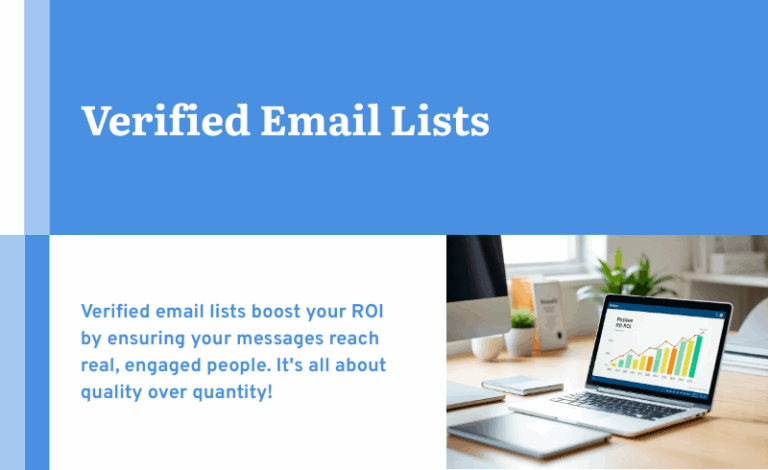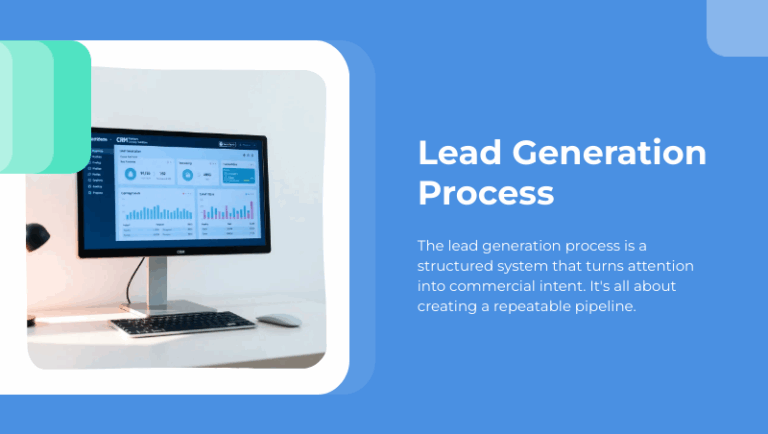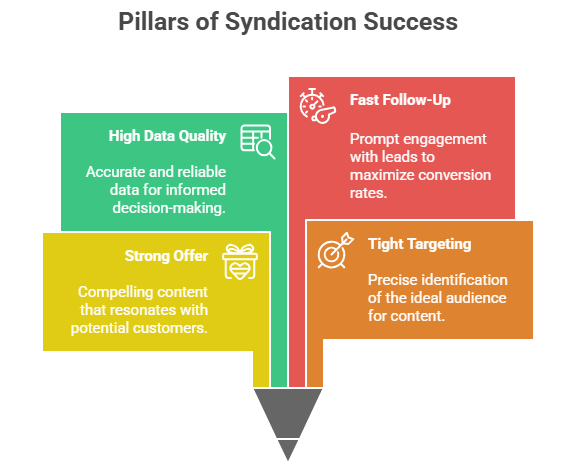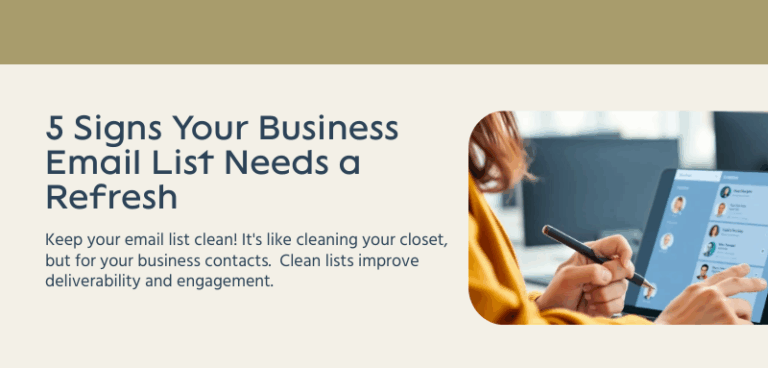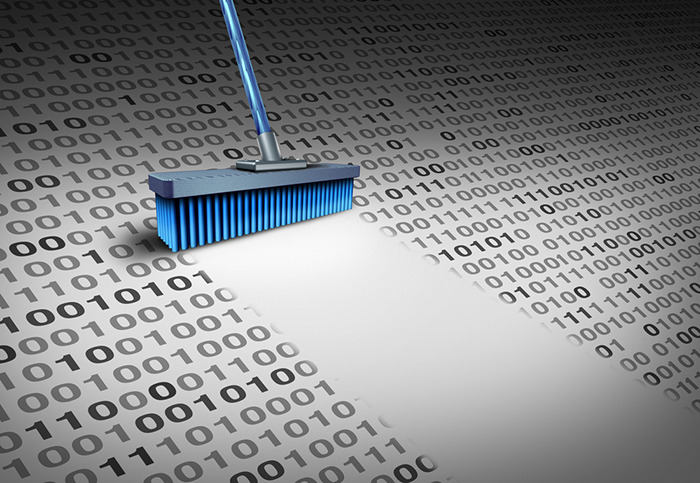
When it comes to marketing, clean data is the only kind you want. Without it, you aren’t able to contact your leads, understand what they need to make buying decisions, or learn more about your market. While data verification and data append services can clean your existing list, you can also take steps to gather high-quality information in the first place.
Depending on your industry and your data management practices, as many as a quarter of your contact records could contain errors. Sometimes the errors seem small – a Ms. John Smith instead of a Mr. John Smith, for instance – but even these small errors can lead to inaccuracies on demographic information and cause problems with contacting your customers. As with any cleaning job, keeping things tidy is easier if you start with an orderly space and clean as you go. Improve your data collection processes, and your next data enrichment session will be even more effective.
Going Straight to the Source
Your leads are often the best sources of information about themselves. Maintain a dialogue with them and make it easy for them to notify you of any changes by supplying readily accessible forms. Build occasional requests for updated information into forms for content downloads and transactional information by implementing progressive forms. Auto-completing forms make life easy for leads, but build in a hidden timer on them that asks prospects to re-enter their information every 30 or 60 days.
Collecting Email Addresses
Your data sources have a major impact on the usefulness of the information you collect. Asking for email will get you something that ends in a .com or .net suffix, but you also want to verify that the email is valid. Automation allows you to weed out addresses that aren’t valid. For B2B businesses, it’s also possible to go a step farther and require business email addresses. Professionals in some industries receive upward of a hundred emails a day; to manage this flood of incoming email, they often set up separate accounts to route it and make it easier to manage. With technology that detects whether an email is associated with a company name, you’re able to help with this process and ensure your email gets to where your leads can read it.
Updating Lists
The average rate of information decay for business data is about 3 percent per month. In other words, after just one year, as much as a third of your business email list could now be inaccurate. You can imagine, then, how quickly your once-orderly database can become an overgrown garden in desperate need of weeding. Data enhancement services include email verification against a master database that’s updated more frequently from primary sources such as U.S. Postal Service records. Using these to update your list quarterly keeps invalid addresses and missed opportunities to a minimum.
Removing Duplicate Content
We tend to think of data as a dimensionless, weightless thing, a mathematical point that costs nothing to store or retrieve, but that’s not entirely accurate. Invalid data does cost you. It costs effort to maintain incorrect records, causes you to miss out on marketing opportunities, and leads to inaccurate analytics. Too many invalid records can even jeopardize your good rating with email service providers, so it’s essential to put your data through de-duping processes. Software that automatically checks for similar records and asks users if they mean to start a new record can help remove duplicate content before it even enters the system.
Data Appending
The data your prospects share with you directly is valuable, but so is the data you collect indirectly. Missing information in contact records limits your lines of communication with leads, but data append services can fill in the blanks and allow a greater contact footprint. You also get cleaner data with appends because complete records are easier to differentiate from one another.
© Reach Marketing LLC 2016 All Rights Reserved.
